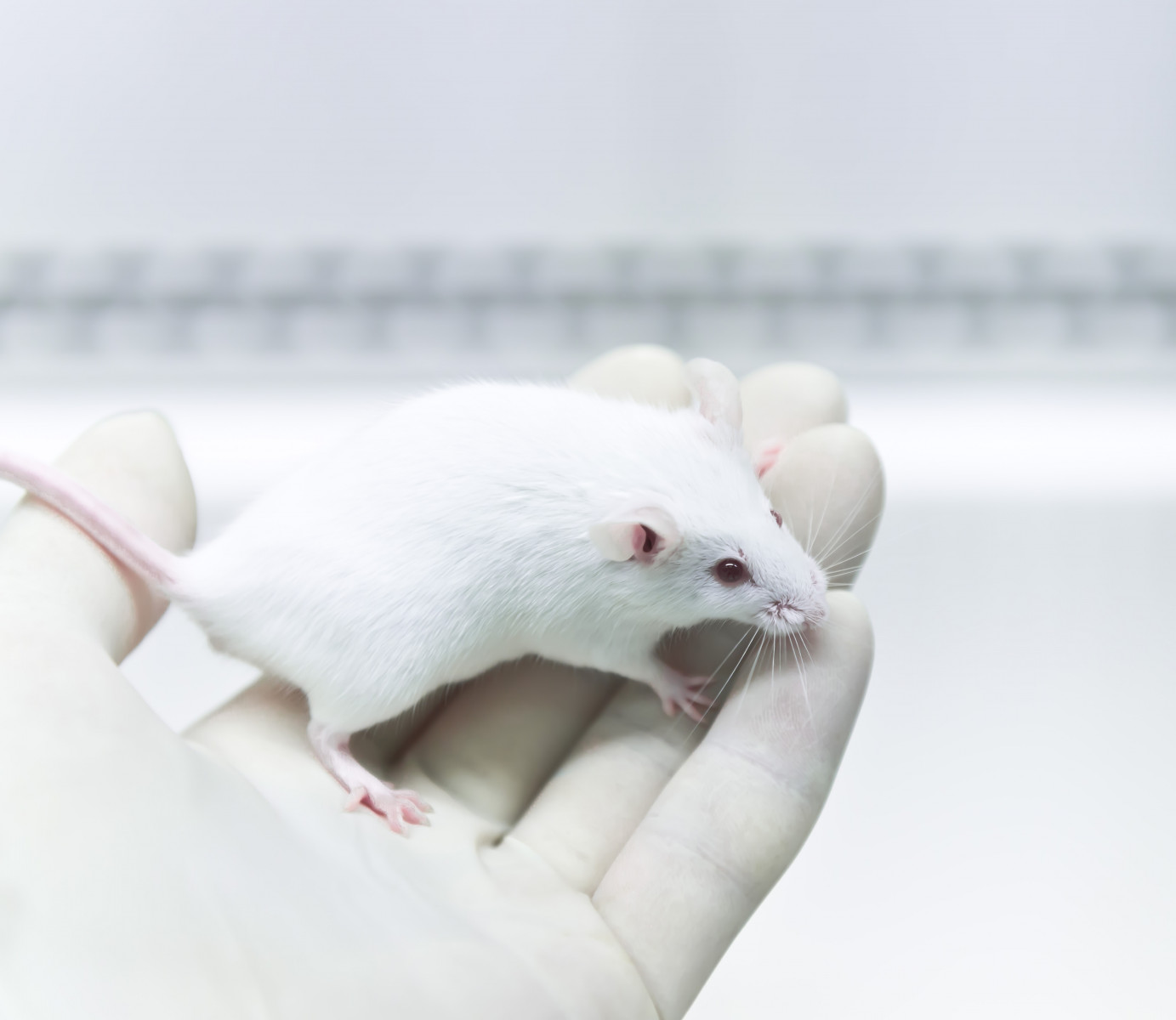Gene Therapy Shows Promise in Mice With CLN8 Disease

A gene therapy designed to deliver a working version of the CLN8 gene — the one mutated in people with CLN8, a form of late-infantile Batten disease — prolonged the survival, reduced disease-associated brain features, and partially corrected motor problems in a mouse model.
The findings, likely representing one of the most successful rescues reported in this animal model of the disease, highlight the potential of this type of genetic approach in treating CLN8 and support its further development for this underserved patient population, the researchers noted.
The study, “AAV9 Gene Therapy Increases Lifespan and Treats Pathological and Behavioral Abnormalities in a Mouse Model of CLN8-Batten Disease,” was published in the journal Molecular Therapy.
CLN8 disease belongs to a group of disorders called neuronal ceroid lipofuscinoses, also known as Batten disease, in which waste molecules build up inside lysosomes, mainly affecting the central nervous system (the brain and spinal cord) and the retina.
Lysosomes are small structures within cells that break down waste products and unused proteins into smaller components to be discarded or recycled.
A rare form of Batten, CLN8 disease is caused by mutations in the CLN8 gene, which provides instructions to produce CLN8, a protein involved in the transport of enzymes destined for the lysosomes to break down waste.
In the absence of CLN8, lysosomes are depleted from key enzymes, leading to Batten’s hallmarks: toxic accumulation of waste inside cells, activation of glial cells, and neurodegeneration. Glial cells are non-neuronal cells that provide support and protection to nerve cells.
Symptoms of CLN8 disease, which can appear from the ages of 2 to 10, include seizures, cognitive decline, vision problems, tremors, and walking difficulties. Patients typically have a reduced life expectancy.
“Various small molecule treatments have shown some efficacy in animal models of CLN8 disease, yet none have been adopted in the clinic, resulting in an unmet need to halt or reverse disease progression,” the researchers wrote.
Gene therapy has shown promise in animal models of several types of Batten disease, with some being tested in clinical trials, but this approach has not been tested in CLN8 disease.
Now, a team of researchers in the U.S., in collaboration with Amicus Therapeutics, evaluated the effects of a gene therapy designed to increase the levels of CLN8 in a mouse model of CLN8 disease.
Notably, two Amicus’ gene therapy candidates are currently being evalauted in clinical trials: one in another form of late-infantile Batten (CLN6) disease and the other in juvenile Batten (CLN3) disease.
The CLN8-directed gene therapy uses a modified and harmless adeno-associated virus serotype 9 (AAV9) to deliver a functional copy of CLN8 that was modified to promote CLN8 production mainly in cells of the central nervous system (brain and spinal cord).
Treatment was administered directly into the brain’s ventricles — called intracerebroventricular injection — of newborn mice (1 day old). Brain’s ventricles are cavities filled with cerebrospinal fluid, the liquid that surrounds the brain and spinal cord.
Results showed that a single gene therapy injection effectively promoted the production of CLN8 throughout all evaluated brain regions and in the spinal cord and kidney and over 24 months (about two years).
Treated mice lived significantly longer than untreated mice (median of at least 24 months vs. 10 months) and showed a survival comparable to healthy mice. This far surpassed the 16% maximum increase in survival reported to date for a potential therapy in this mouse model, the team noted.
The gene therapy also resulted in a significant reduction in waste accumulation inside cells and in glial activation over 24 months, reaching levels indistinguishable from those of healthy mice in several time points.
However, treated mice still showed an increase in waste build up and glial activation between eight and 24 months, which, despite never reaching those of untreated mice, suggest that the rescue effect is incomplete.
Moreover, mice given the gene therapy exhibited similar performance to unaffected mice and did significantly better than those not given the therapy in a number of motor tests, and showed a nearly complete absence of disease-associated tremors. In complex behavioral tests, there also was evidence of potential vision improvements with the gene therapy.
Treatment was found to be safe and well-tolerated, with no signs of adverse effects.
“These results demonstrate, by far, the most successful degree of rescue reported in an animal model of CLN8 disease, and they support further development of gene therapy for this disorder,” the researchers wrote.
“This dosing scheme would be most representative of early postnatal treatment in humans rather than symptomatic stages, and future adoption of newborn screening for CLN8 mutations could make this type of treatment both realistic and feasible,” the team added.
Still, they noted that more studies are needed to optimize dose levels and timing, and to improve the therapy’s effectiveness.





